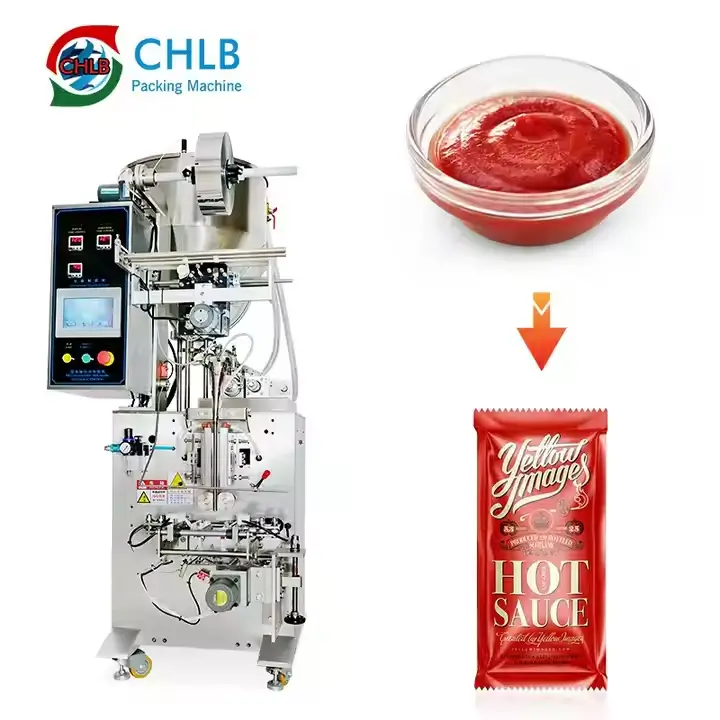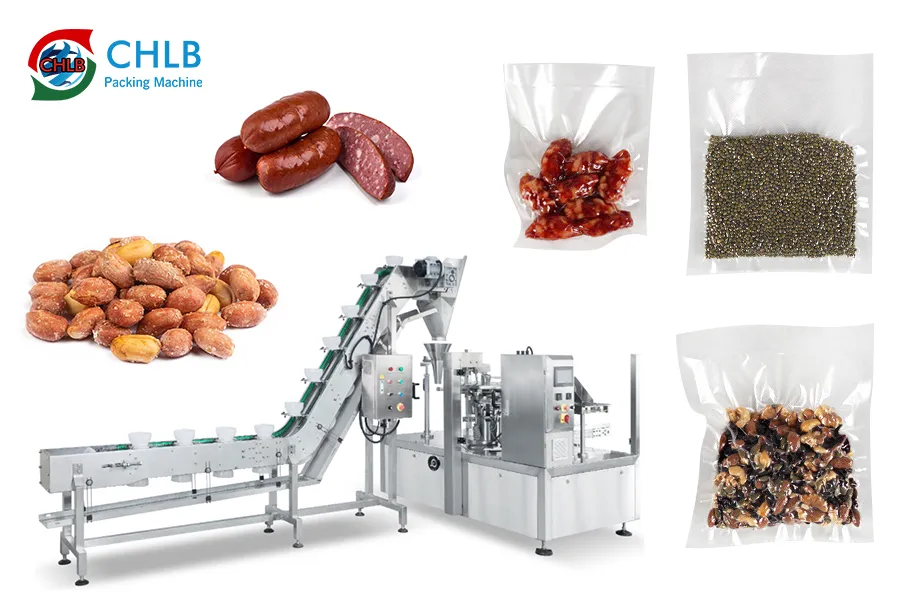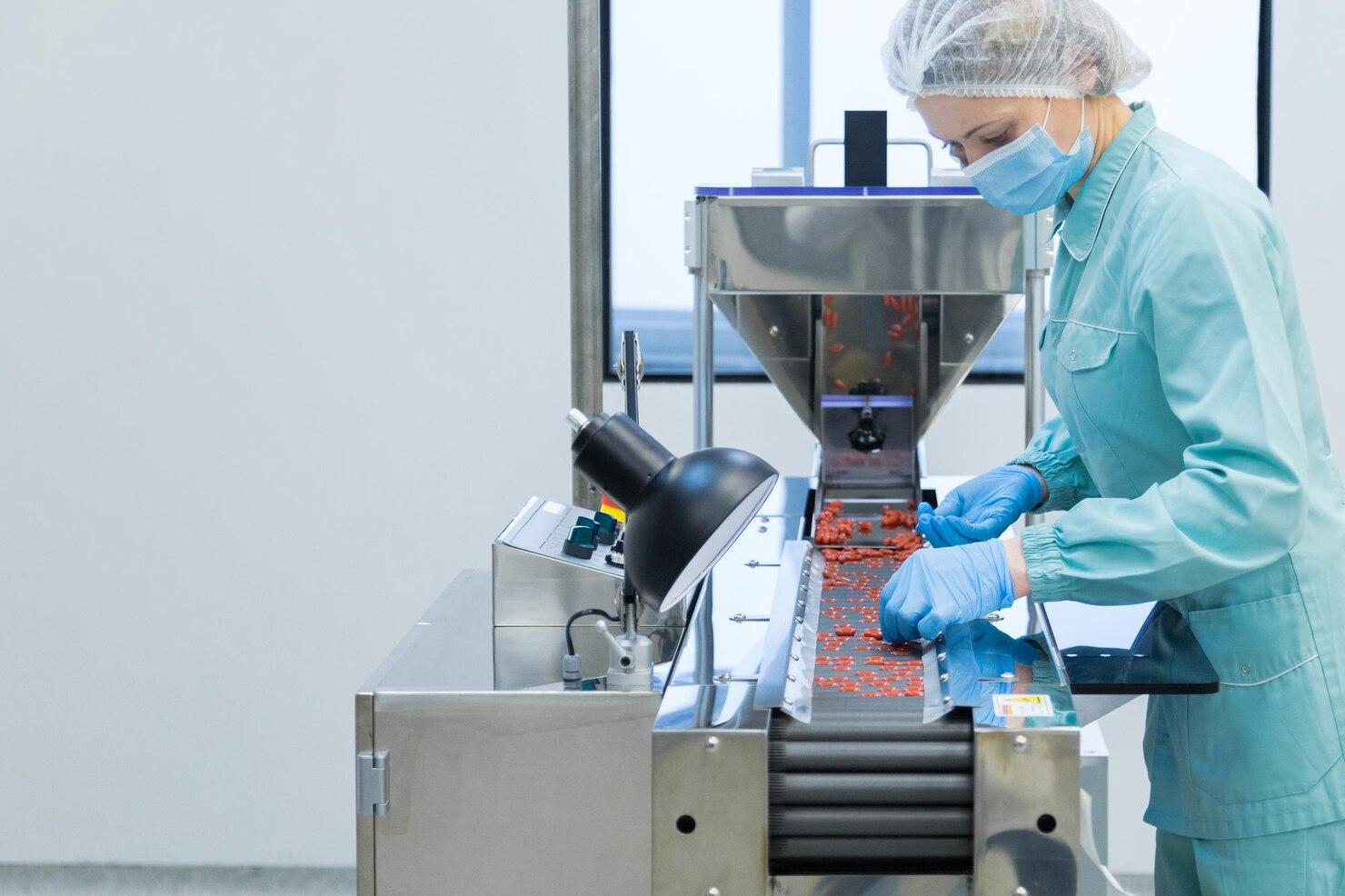Запуск замороженного пищевого бизнеса сопровождается справедливой долю проблем, И упаковка является одним из самых больших препятствий для многих стартапов. С таким количеством доступных вариантов - дифференциальные материалы, размеры, и расходы - легко чувствовать себя подавленным.
Как вы выбираете упаковку, которая держит вашу еду свежей, соответствует правилам, и не ломает банк? Не волнуйся, Это руководство здесь, чтобы помочь!
Мы проведем вас через предметы первой необходимости замороженной упаковки продуктов питания, Таким образом, вы можете сделать осознанный выбор и настроить свой бизнес на успех. Готов погрузиться в? Давайте начнем!
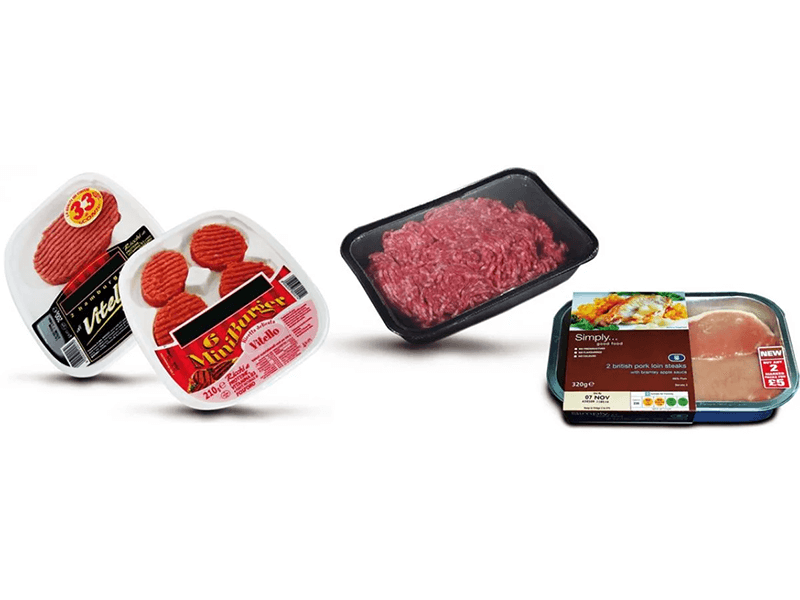
Что такое замороженная упаковка продуктов питания?
Замороженная упаковка еды включает использование специализированных материалов и методов для защиты и сохранения пищи при температуре замерзания. Например, Материалы, такие как пластиковые пленки, алюминий, и ламинированные слои выбираются за их способность создавать барьер против влаги, воздух, и загрязняющие вещества. Этот тип упаковки необходим для поддержания свежей пищи, предотвращение порчи, и продление срока годности для достижения окончательной цели - потери пищи..
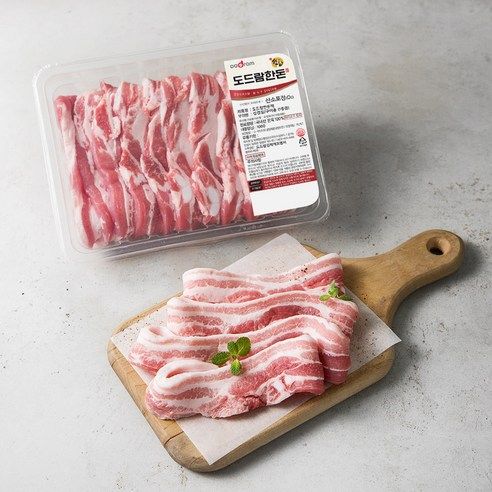
Почему упаковка имеет решающее значение для Замороженные продукты?
Согласно исследованию Американского института замороженных продуктов питания, почти 40% еды в США. уходит впустую, С большой долю этой потери можно предотвратить через улучшенные упаковочные решения. Вот некоторые особенности и преимущества упаковки замороженных продуктов питания.
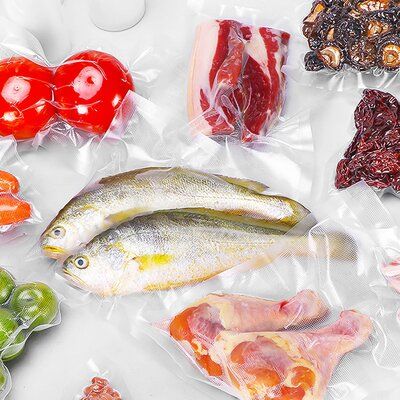
- Защита от порчи и раскраски
Замороженная упаковка продуктов питания поддерживает свежесть пищи и предотвращает обесцвечивание, Сохраняя его как привлекательным, так и безопасным для еды.
- Легко заполнить, тюлень & магазин
Эти пакеты предлагают удобство для быстрого заполнения, надежная герметизация, и эффективное хранение, сделать их идеальными как для домашнего, так и для коммерческого использования.
- Блокировка влаги и сопротивление
Эффективные свойства блокировки влаги помогают избежать сжигания морозильной камеры и сохранить текстуру и вкус пищи.
- Сделано с безопасным, FDA, одобренные материалами
Изготовлено из одобренных FDA материалов, Эти пакеты приоритет здоровью потребителей и безопасность продукта.
- Встает на смазку, масло и вода
Устойчив к смазке, масло, и вода, Эти пакеты поддерживают качество пищи и сохраняют экстерьер в чистоте.
- Не становится хрупким или трещинами в морозильной камере
Упаковка остается долговечной и гибкой при температуре замерзания, Избегание трещин или хрупкости.
Выбор права Виды упаковочных материалов дляЗамороженные продукты
Различные материалы предлагают уникальные преимущества и недостатки, Так что важно понять, как работает каждый. Давайте посмотрим на подробную информацию!
1. Сокращается фильм
Пленка «Сосадка» является широко используемым упаковочным материалом для замороженных продуктов по всем мировым линиям упаковки продуктов питания из-за его способности сохранять качество пищи. Обычно изготавливается из таких материалов, как полиэтилен, полиолефин, или ПВХ, С полиолефином часто считается лучшим выбором для применения в пищевых продуктах.
При нагревании, сжимать пленку плотно обертывается вокруг замороженных продуктов, Запечатывая их надежно. Это создает сильный барьер против влаги, воздух, и загрязняющие вещества, что является ключом к предотвращению ожога морозильной камеры и поддержания свежей пищи.
2. Восковой картон
Картон с покрытием восками является экономически эффективным, Экологичная альтернатива упаковке на основе пластики, Для упаковки замороженных продуктов. Восковое покрытие добавляет дополнительный слой защиты, сделать картон более устойчивым к влаге, смазка, и масло, При воздействии холодных и влажных условий.
Эта упаковка долговечная и прочная, Сделать его идеальным для замороженных предметов, таких как мясо, морепродукты, и производить. Это также легко обрабатывать и сложить, что удобно для хранения и транспорта.
3. Стекло
Это нереактивно, Сохранение оригинального вкуса и свежести пищи, без поглощения запахов или химикатов, Сделать его идеальным для изысканных предметов, таких как мороженое и специальные соусы. Тем временем, Стекло также экологично, так как это многоразовое и полностью пригодное для переработки.
Однако, он тяжелее пластика, который может увеличить расходы на доставку, и это может быть чувствительным к изменениям температуры. Смягчить эти проблемы, Стеклянные контейнеры до охлаждения и плотно запечатайте их. Несмотря на эти проблемы, Стекло остается популярным выбором для роскошной упаковки, передача изысканности и обращение к эко-сознательным потребителям.
4. Алюминий
Обычно используется в лотках для фольги для замороженных блюд, таких как лазагны и пироги с горшками, Алюминий предлагает отличные барьерные свойства, Блокирующий свет, влага, и кислород, чтобы сохранить пищу свежей и предотвратить ожог морозильника.
Алюминиевые лотки долговечны и могут обрабатывать как замерзание, так и температуру приготовления пищи. Они часто поставляются с картонной крышкой с картонной или покрытой восковой покрытием с вкладками из фольги, чтобы обеспечить безопасное уплотнение во время доставки.
Однако, Утилизация алюминиевых лоток может быть сложной из -за остатков пищи, что усложняет процесс очистки и может привести к тому, что некоторые подносы заканчиваются на свалках, несмотря на их переработку.
5. Гибкие сумки
Сделано из пластика с безопасностью пищи, фольга, или составные материалы, Гибкие сумки эффективно решают проблемы замораживания, сохраняя при этом пищу в отличном состоянии.
Гибкие сумки преуспевают в сохранении свежести, защищая от влаги, воздух, и свет, предотвращение ожога морозильной камеры, и поддержание оригинального вкуса и текстуры еды. Чистые гибкие сумки обычно используются для таких предметов, как Хлеб и печенье, обеспечение видимости при обеспечении безопасной упаковки.
Они также экономически эффективны, быть более доступным, чем жесткие контейнеры, который приносит пользу как производителям, так и потребителям.
6. ЛЮДИ ПРИМЕНЕНИЯ
Сделано из одобренного FDA, пищевые пластмассы, Пленки для крышки создают плотное уплотнение для различных контейнеров, включая чашки для йогурта и подносы замороженных блюд.
Эти фильмы могут быть настроены с ярким, Полноцветная графика, Помогая вашему продукту выделяться на полке. Многие ясны, обеспечение видимости содержимого, Что полезна для покупателей.
За пределами эстетики, Они идеально подходят для упаковки замороженных фруктов, закуски, и готовые блюда, За защиту пищи от влаги и загрязняющих веществ.
7. Термоформованная пленка высокой барьеры
Сделано из передовых пластиковых смол, Термоформирующие пленки с высоким баром достаточно гибки, чтобы идеально формировать различные формы и размеры контейнеров и размеры.
Также, Эти фильмы известны своими ударами и ударами во время хранения и транспорта, чтобы сохранить пищу в верхнем состоянии.
Они также предлагают отличную защиту от влаги, кислород, и УФ-свет, так что ваша еда сохранила вкус, аромат, и качество
8. IQF полиэтилен
Iqf, или «индивидуально быстро замороженный,” - это фантастический метод для быстрого и эффективного замораживания еды. Процесс включает замораживание каждого куска пищи отдельно при супер низких температурах - 40 градусы ниже нуля Фаренгейта. Это быстрое замораживание помогает сохранить структуру клеток пищи нетронутой, так что он остается свежим и полным вкуса.
После фрукты и овощи, и т. д., заморожены, Обычно он обернут в полиэтилен, чтобы сохранить его защищенную, а затем отправляется в раздел «Замороженные продукты» в местном супермаркете.
9. Кожная пленка
Кожная пленка представляет собой специализированный материал, предназначенный для того, чтобы заморозить продукты замороженных продуктов.. Он особенно популярен для упаковки замороженных морепродуктов, таких как лосось и форель. Плюс, Кожные пленки могут быть ясны для видимости или напечатаны с брендингом и информацией о продукте.
Вот как это работает: Вы помещаете пленку кожи на продукт, а затем нагревает ее. Жара заставляет пленку плотно сжиматься вокруг предмета, Создание защиты “кожа” Это идеально подходит. Эта плотная упаковка не загрязняет загрязняющие вещества, влага, и воздух. Так, Ваш продукт остается в верхнем состоянии.
Упаковочные решения для разных Типы замороженных продуктов
Выбор соответствующей упаковки для замороженных продуктов имеет решающее значение для поддержания свежести, вкус, и удобство. Вот руководство по лучшим вариантам упаковки для различных типов замороженных продуктов:
Упаковка для мяса и морепродуктов
Для мяса и морепродуктов, Основное внимание уделяется предотвращению ожога морозильной камеры и сохранения свежести. Вакуумные сумки и Пленки с термоформованными высокими барьерами отличный выбор, По мере того, как они создают плотное уплотнение, которое держит влагу и воздух. Кожная пленка также эффективен, Предлагая дополнительный уровень защиты и привлекательный вид на полках магазинов.
Упаковка для фруктов и овощей
Для поддержания текстуры и питательных веществ фруктов и овощей, Гибкие мешочки с высоким баром или стоящие мешочки идеальные. Эти мешочки защищают от влаги и воздуха, будучи удобными для хранения и использования. Чистые сумки Отлично подходят для демонстрации ярких цветов замороженных продуктов.
Упаковка для готового к употреблению блюд
Готовые к употреблению блюда выигрывают от упаковки, которая является практичной и эффективной эффективностью. Микроволновые лотки с герметичными тюленями или тепловые мешочки идеальны, обеспечение удобного отопления непосредственно в упаковке, для экономии времени.
Упаковка для выпечки и десертов
Для замороженной выпечки и десертов, Выберите упаковку, которая держит предметы свежими и визуально привлекательными. Чистые или печатные гибкие сумки и Высокие барьерные фильмы работать хорошо, Защита от влаги, обеспечивая видимость. Переязычные варианты также полезны для поддержания свежести после открытия.
Как эффективно отправить замороженную пищу?
Общие проблемы с доставкой замороженных продуктов
Доставка замороженных продуктов включает в себя несколько проблем, Но эффективное решение их может обеспечить качество продукта. Вот некоторые проблемы, которые вы должны преодолеть!
1. Колебания температуры
Экстремальная погода может повлиять на ваши замороженные продукты во время транзита. Чтобы справиться с этим, Используйте высококачественные варианты доставки изоляции и контроля температуры.
2. Влажность проблем
Влажность может привести к наращиванию влаги, что может повлиять на вашу еду. Чтобы предотвратить это, Используйте устойчивые к влажности упаковки и охлаждающие агенты, такие как сухой лед или гелевые упаковки.
3. Риски испорчения
Порча часто случается, когда еда не упакована должным образом. Чтобы избежать этого, Используйте хорошо изолированные коробки, которые обеспечивают отличную тепловую защиту. Никогда не поздно контролировать температуру, и использование надежного отслеживания до того, как произойдет испорченность.
Лучшие практики упаковки замороженной еды для доставки
Запуск замороженного пищевого бизнеса - это захватывающее приключение, Но навигация упаковки может иногда чувствовать себя подавляющим. Чтобы помочь вашим продуктам прибыть в идеальном состоянии, Следуйте этим лучшим практикам
1.Выберите правильные коробки для доставки и контейнеры
Начните с высококачественной изолированной упаковки, такие как коробки с толстыми стенами или пенопласта, который помогает поддерживать надлежащую температуру на протяжении всего пути.
Кроме того, Используйте контейнеры, защищенные от утечки, чтобы предотвратить любой беспорядок и защитить свой продукт от загрязнения.
Более того, Выбирайте коробки, которые подходят для вашей замороженной еды плотно; Избыток пустого пространства может привести к изменению и изменениям температуры.
2.Не обрежьте углы на упаковке
Хотя может быть заманчиво сократить расходы, Инвестирование в правильные упаковочные материалы очень важно. Пожалуйста, выберите достаточную изоляцию, такую как вставки пены, пузырчатая обертка, или тепловые лайнеры, чтобы пищу холодной.
Также, Включите достаточно пакетов со льдом или сухого льда в зависимости от продолжительности вашего отгрузки, чтобы поддерживать замороженное состояние.
А потом, Не забудьте надежно запечатать упаковку сильным, высококачественная лента, чтобы сохранить стабильную температуру и предотвратить вход воздуха.
3.Держите все в холодильнике
Правильно охлаждая замороженную пищу перед доставкой может иметь большое значение. Если возможно, Предварительно охладить транспортные контейнеры перед размещением еды внутрь; Этот шаг помогает поддерживать низкую температуру.
Так, Все продукты питания полностью заморожены перед упаковкой, чтобы помочь им оставаться такими во время транзита.
Кроме того, Следите за холодной цепи на протяжении всей доставки с индикаторами температуры, чтобы подтвердить, что все остается при правильной температуре.
4.Рассмотрим страховку доставки
Доставка замороженных продуктов включает в себя такие риски, как задержки или неправильное обращение. Чтобы защитить ваши инвестиции, Подумайте о покупке страхования доставки.
Это покрытие помогает с любыми потерями, если пища поступает повреждена или испорченной. Имейте в виду, что покрывает страховой полис, и понимать процесс претензий для подготовки к любым неожиданным вопросам.
Основные элементы в упаковке замороженных продуктов питания для бизнеса
Упаковка замороженных продуктов играет решающую роль в сохранении качества и обеспечении того, чтобы продукт достигает клиентов в отличном состоянии. Чтобы достичь этого, Следует рассмотреть несколько ключевых элементов:
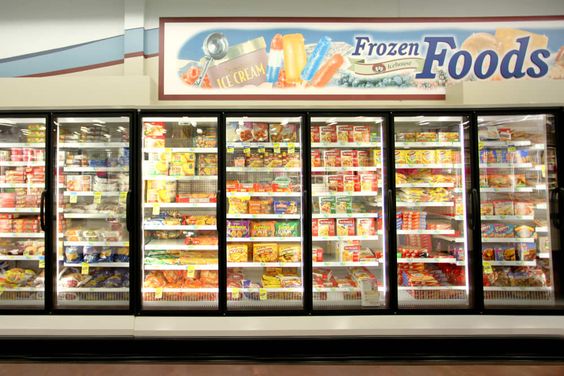
1.Устойчивость к влажности
Одним из главных приоритетов в упаковке замороженной пищи является устойчивость к влаге. Упаковка должна предотвратить войти в влагу, что может привести к ожогу морозильной камеры и поставить под угрозу качество продукта. Выбор защищенных от влаги помогает поддерживать свежесть и текстуру во время замораживания и оттаивания.
2.Размер упаковочного материала
Правильный размер упаковки необходима для замороженных продуктов. Слишком большая упаковка может привести к избыточному воздуху и пространству, приводя к колебаниям температуры. С другой стороны, Недоветная упаковка может нанести ущерб продукту. Удар правильный баланс помогает сохранить качество пищи и гарантирует, что упаковка легко хранить.
3.Стоимость и качество упаковки
Балансировка стоимости с качеством жизненно важно в любом бизнесе, Особенно для стартапов. Хотя важно контролировать расходы, Снижение качества упаковки может привести к поврежденным продуктам или скомпрометированной свежесть. Инвестируйте в материалы, которые эффективно защищают ваш продукт, при этом остается экономически эффективным.
4.Соблюдение FDA
Продать замороженную еду, Предприятия должны соответствовать правилам FDA для упаковки продуктов питания. Упаковка должна быть безопасной для контакта с едой и без вредных химикатов. Оставаться в соответствии с этими стандартами имеет решающее значение для предотвращения юридических проблем и обеспечения безопасности потребителей.
5.Низкотемпературная устойчивость
Замороженная упаковка продуктов должна быть в состоянии выдерживать низкие температуры без растрескивания, разрыв, или становиться хрупким. Материалы должны поддерживать свою структурную целостность даже в суб-нулевых условиях, обеспечение защиты на протяжении всего процесса хранения и доставки.
6.Фирменная маркировка
Фирменная маркировка не только помогает вашей замороженной пищу выделяться на полке, но и передает важную информацию, такую как ингредиенты, Инструкции хранения, и даты истечения срока действия. Хорошо продуманные этикетки придают вашему бренду профессиональный вид, соблюдая законы о маркировке продуктов питания.
7.Высококачественная пищевая упаковочная машина
Надежная машина для упаковки продуктов питания является важной инвестицией для любого замороженного пищевого бизнеса. Машины, которые обеспечивают постоянную герметизацию и упаковку, помогают поддерживать целостность продукта. Высококачественные машины также повышают эффективность, сокращение времени производства и снижение затрат в долгосрочной перспективе.
Заключение
В двух словах, Начало бизнес замороженных продуктов питания Поставляется со многими проблемами, Но когда дело доходит до упаковки, тебе не нужно идти в одиночку. Выбор правильных материалов и методов является ключом к защите ваших продуктов, чтобы они сияли на полках.
Если вы готовы сделать следующий шаг и легко упаковать замороженные продукты, Хлбпак здесь, чтобы помочь. С нашим опытом и первоклассными решениями, Вы можете чувствовать себя уверенно, зная, что ваши продукты в хороших руках. Обратиться к нам сегодня, И давайте сделаем ваше упаковочное путешествие!

